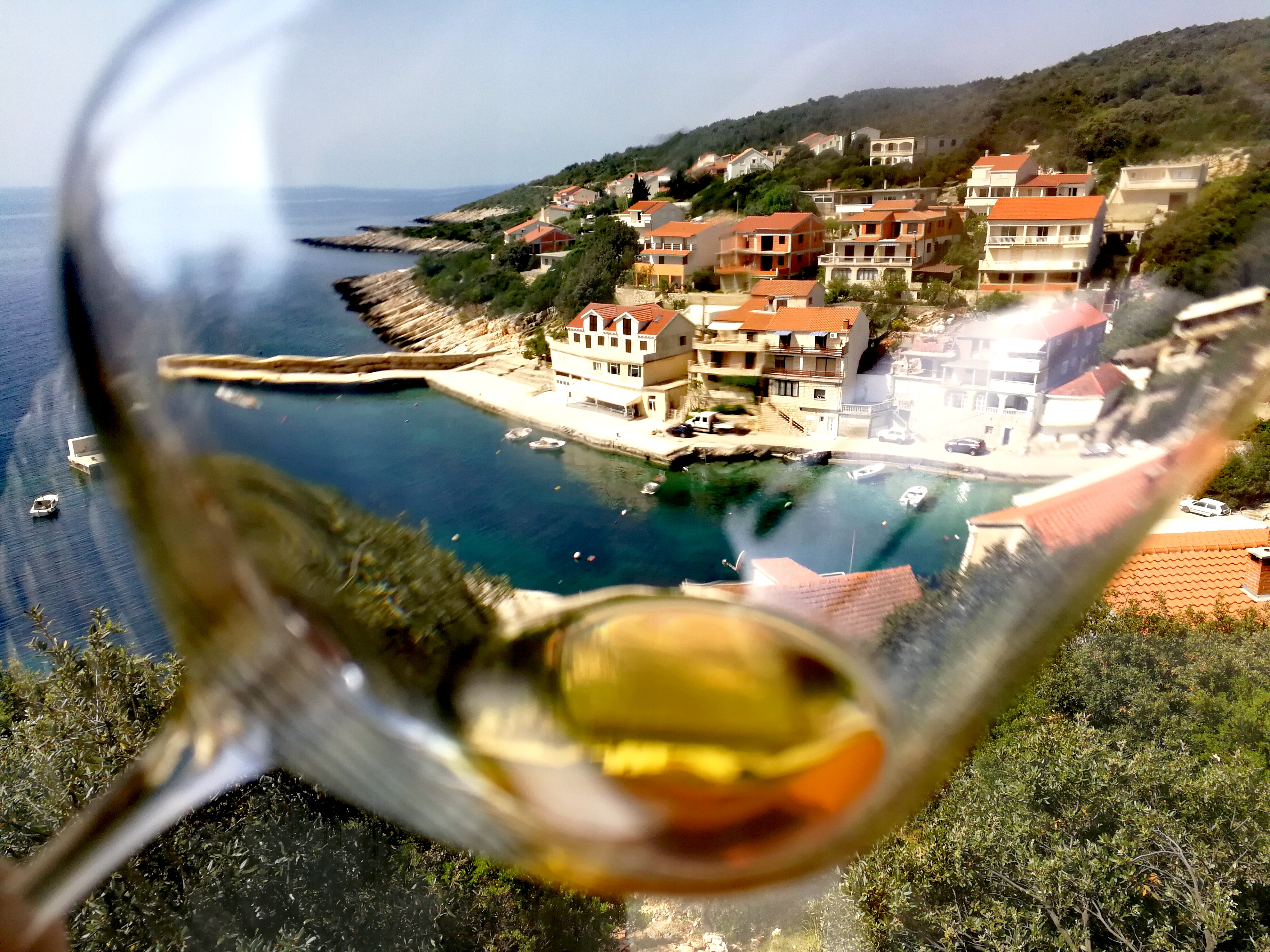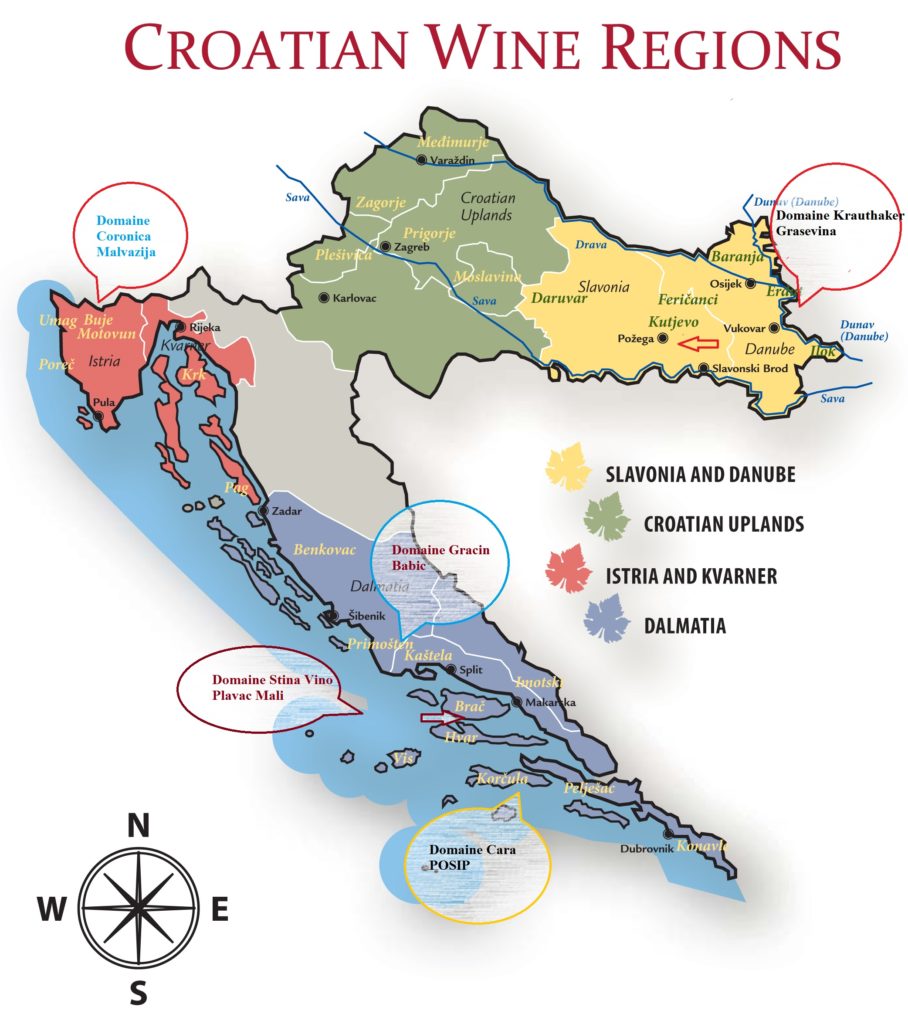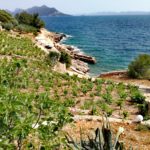
19 Apr Wines of Croatia: between sea, clay and stone
Total area of vineyards: 21,300 ha
Controlled Origins Producers: 1624
Total controlled production: 842.000HL
Representation of the regions in the quantities and hectares of vineyards: 49% continental – 51% littoral
Number of grapes total: 200
Number of native grape varieties: 125
Appellation of controlled origins: 16
Main grape varieties:
Graševina – Malvazija (Malvasia) – Plavac mali
The three main grape varieties cover 47% of the wine-growing areas.

The first encounter with Croatian wines with its native grape varieties may prove somewhat embarrassing because names are difficult to pronounce by foreign visitors, due to the lack of vowels. However, you will not regret it, especially in the case of grape varieties from the coastal region of Croatia, which are the source of absolutely delightful wines. Without knowing it, you already know some of these wines!
The richness of the Croatian vineyard could be summed up by these two sentences: “its cultivation of the vine goes back as far as the first inhabitants who settled on its lands” and “the list of autochthonous varieties is as long as the Croatian coast… ”
Croatia is situated at the place where the warm Mediterranean meets cold alpine climatic zones and where historically and culturally East meets West, and that is what makes wine culture unique in Croatia. The many indigenous varieties that have developed here by adapting to the climate and local customs are proof of this.
Due to its unique shape and extreme climate variations, Croatia is divided into four quarter wine regions, sixteen sub-regions and 66 appellations.
Croatia is a country with a long and strong viticultural tradition and a rich people who have always appreciated the true quality of its viticulture. Over generations, wine has always been much more than the need, a simple drink or a nutrient. Nearly half of the vineyards in Croatia are not registered for business and commerce but are grown for personal consumption, which means …
Most of the wines produced for commercial purposes are mainly consumed in Croatia and are little known outside of this country. This is the main reason since Croatia has not, in recent decades, the capacity to export significantly.
It was not until the beginning of the 1990s – and Croatia’s independence – that many individuals were able to take back land previously requisitioned by the state. Over the last twenty years, Croatia has regained its nobility by producing wines as extraordinary as they are varied.
From mainland Croatia (north), Dalmatia (south), Slavonia (along the Hungarian, Serbian and Bosnian borders) and Istria (west), each of the four Croatian wine regions worth the trip.

Croatian wines are among the most exciting of contemporary wine production. Dating back to a distant time, at least 2500 years ago, grape varieties developed by adapting to the particular climate and terrain in which they were planted.
Croatia is one of the best wine growing regions in the world. According to a selection made by the readers of the USA TODAY daily newspaper, it exceeds even more famous rivals like Tuscany, Napa Valley, Oregon or Bordeaux. The priceless beauty of Croatian wine-growing landscapes is one of the many reasons that will make you come and taste native grape varieties.
Croatian wines are characterized by their great variety which reflects an incredible diversity of climates for such a small country.
To the south in Dalmatia, there is a very warm Mediterranean climate while the north has the same climate as the cold, green and humid wine regions of the Alps. In the vineyards, which we present to you, we have been cultivating vines for thousands of years.
The vineyards known as Dingač, Ivan Dolac and Bucavac, with their extreme geological features, represent original natural monuments celebrating work, perseverance and human effort. They are located on steep slopes facing the sea, inclined up to 44%, as in the case of Ivan Dolac on the island of Hvar. In addition, they can only be grown manually which requires extraordinary effort.
Even more impressive, a continual struggle is being waged to save every handful of land that rains and strong winter winds dragged into the sea. For example, the Bucavac vineyard in central Dalmatia was protected by dry stone walls. between which are planted only a few vines.
Be patient, after a few sips all your pronunciation problems will disappear ..



